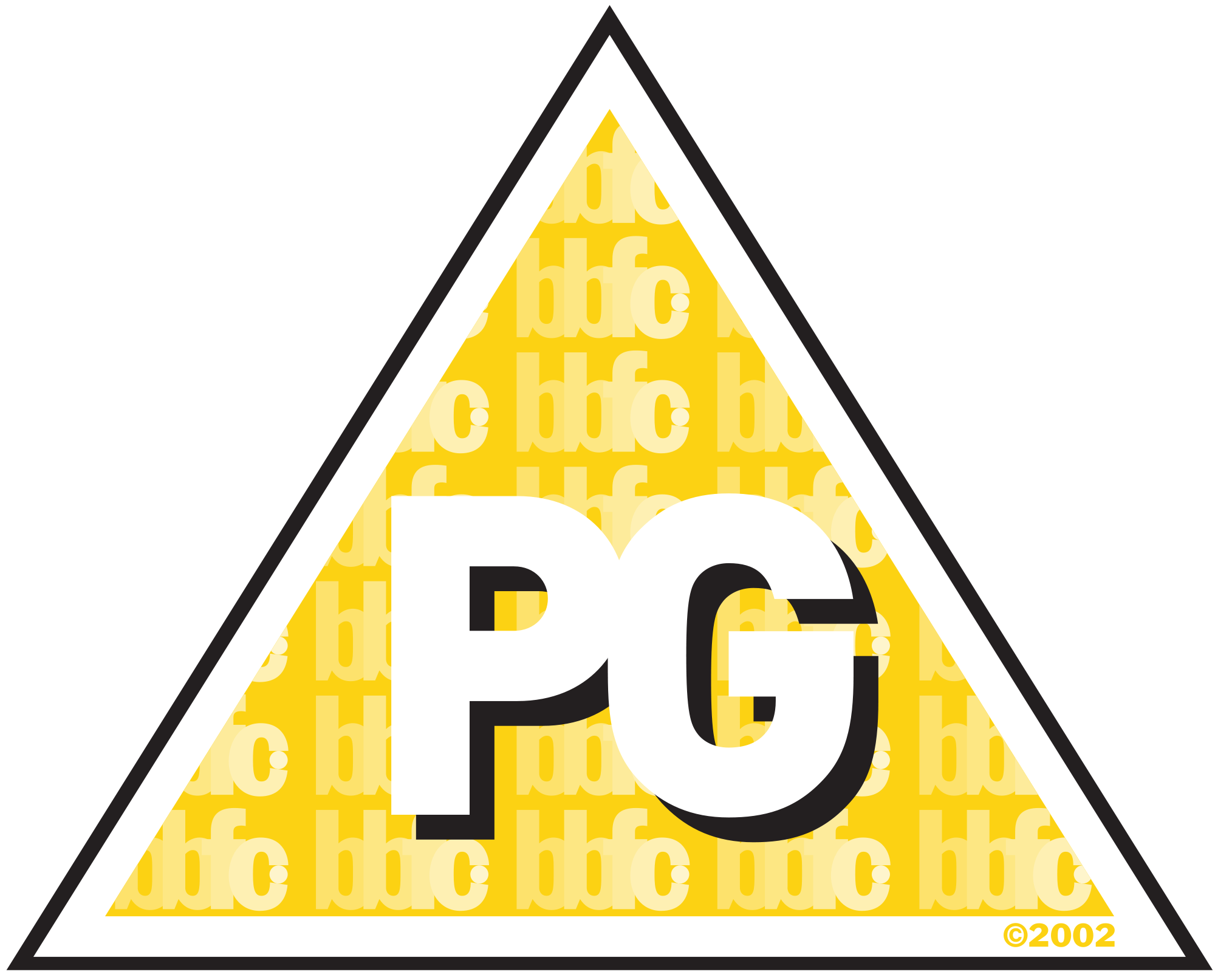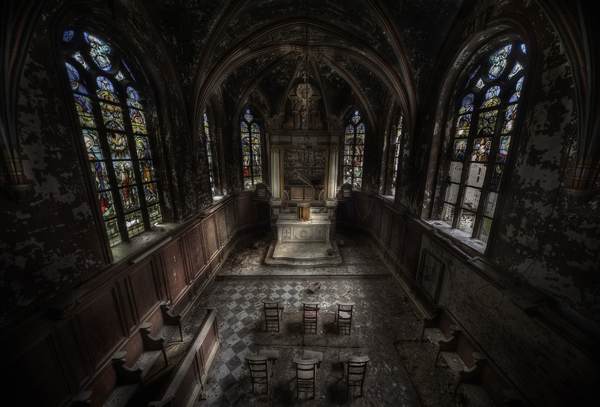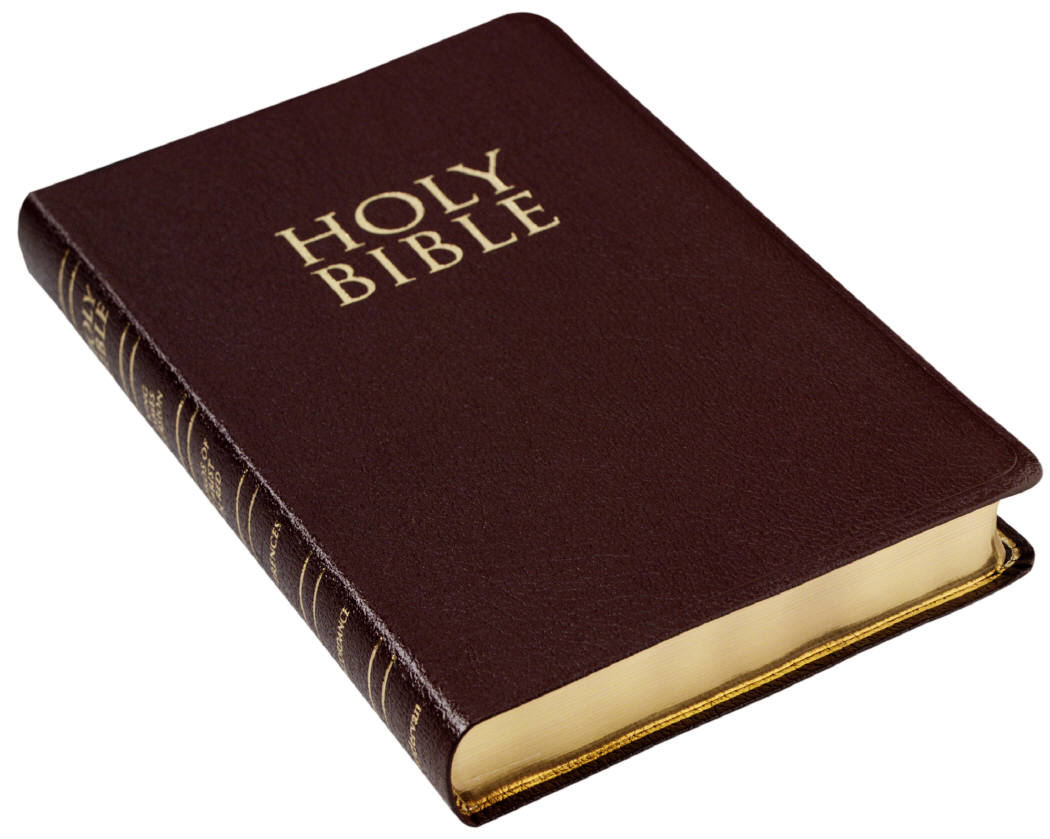Production Roles.
Production roles are responsibilities given to different people when in the process of making a film. When a certain person is given a production role they are responsible to fulfil the task to create the best end product for their target audience. The production roles are:
1. Camera Operator- They work beside the story boarder to organise the scenes, they operate the cameras getting the correct shots for the scene. They capture different shots, angles and sizes, this also makes them responsible for making ideas come to life on the big screen.
2. Producer- The producer makes sure everything is running smoothly for the director and everyone in the production team. They are the leader of communication throughout the whole team.
3. Director- The control the entire making of the film. The artistic and dramatic aspects are also controlled by the director. The guide the cameras and actors into the role of their vision.
4. Lighting- The people who do lighting are responsible for all the lighting and shadows we see in a scene.
5. Location- The person with this role is responsible for finding all locations to film at and making sure that they are suitable to convey the vision the director has.
6. Costume, Hair & Make-up - Their role is to make the actor or actress look like their character. This is important because the way the characters look in a film convey various different things to the audience. They need to look a certain way for the audience to be able to draw meaning.
7. Storyboard- The story boarder plans the scenes and the narratives. They keep all the scenes organised and in the right order. The scenes would not flow properly if there was no storyboard.
8. Editor- The editor is in charge of editing all the scenes together and how they will transition from one to the other.
9.Sound- The role of sound and sound tracking is finding suitable music to be in your film. They are in charge of all sound in each scene.
The roles in our group:
1) Camera operator: Me
As a group we decided to assign myself the role of the camera operator as I have had past experience working in a photography shop where I learnt how to operate a camera.
2) Producer: Carlie
We decided to assign Carlie the role of the producer as she is good at keeping good communication amongst the team.
3) Director: Katie
We decided to assign Katie as the director as she is good at managing and organised. Also, She has had past leadership experiences.
4) Lighting: Katie
We decided to assign Katie with the lighting role because She has experience in holding different lighting for a long period of time as She has a steady hand.
5) Location: Me
We decided to assign myself with the location role as most of the settings are going to be set in my house and I will know whether it is available and suitable.
6) Costume, Hair, Make-up: Katie
We decided to assign Katie with this role as We believe She is quite creative and enjoy designing things.
7) Storyboard: Carlie
We decided to assign Carlie with the story boarding role as hers was the most detailed and narrative was most organised.
8) Editor: Me
We decided to assign myself as the editor as I have past experience of editing in my music GCSE.
9) Sound: Carlie
We decided to assign Carlie this role as she has had experience in mixing music together and making sound.
3. Director- The control the entire making of the film. The artistic and dramatic aspects are also controlled by the director. The guide the cameras and actors into the role of their vision.
4. Lighting- The people who do lighting are responsible for all the lighting and shadows we see in a scene.
5. Location- The person with this role is responsible for finding all locations to film at and making sure that they are suitable to convey the vision the director has.
6. Costume, Hair & Make-up - Their role is to make the actor or actress look like their character. This is important because the way the characters look in a film convey various different things to the audience. They need to look a certain way for the audience to be able to draw meaning.
7. Storyboard- The story boarder plans the scenes and the narratives. They keep all the scenes organised and in the right order. The scenes would not flow properly if there was no storyboard.
8. Editor- The editor is in charge of editing all the scenes together and how they will transition from one to the other.
9.Sound- The role of sound and sound tracking is finding suitable music to be in your film. They are in charge of all sound in each scene.
The roles in our group:
1) Camera operator: Me
As a group we decided to assign myself the role of the camera operator as I have had past experience working in a photography shop where I learnt how to operate a camera.
2) Producer: Carlie
We decided to assign Carlie the role of the producer as she is good at keeping good communication amongst the team.
3) Director: Katie
We decided to assign Katie as the director as she is good at managing and organised. Also, She has had past leadership experiences.
4) Lighting: Katie
We decided to assign Katie with the lighting role because She has experience in holding different lighting for a long period of time as She has a steady hand.
5) Location: Me
We decided to assign myself with the location role as most of the settings are going to be set in my house and I will know whether it is available and suitable.
6) Costume, Hair, Make-up: Katie
We decided to assign Katie with this role as We believe She is quite creative and enjoy designing things.
7) Storyboard: Carlie
We decided to assign Carlie with the story boarding role as hers was the most detailed and narrative was most organised.
8) Editor: Me
We decided to assign myself as the editor as I have past experience of editing in my music GCSE.
9) Sound: Carlie
We decided to assign Carlie this role as she has had experience in mixing music together and making sound.
Conclusion-
This has shown me and my group that production roles play a main part in the making of a film. It has shown me and the people I am working with how much responsibility each role contains and how it will keep us all organised.





















.jpeg)
.jpeg)
.jpeg)






 This age rating is universal. This means the film can be watched by people of all ages. It is impossible to predict what might upset a child. A universal film should be suitable for the audience aged four and over. These films should be set with a positive morals and should offer reassuring counterbalances to any violence, threat or horror. A film that would be classified as 'U' is 'Finding Nemo'.
This age rating is universal. This means the film can be watched by people of all ages. It is impossible to predict what might upset a child. A universal film should be suitable for the audience aged four and over. These films should be set with a positive morals and should offer reassuring counterbalances to any violence, threat or horror. A film that would be classified as 'U' is 'Finding Nemo'.  PG stands for parental guidance. This film would be suitable for general viewing but some scenes may not be appropriate for young children. Children of any age can watch this film unaccompanied. The film should not disturb a child aged around eight or older. However parents are advised to consider whether the content may upset younger or more sensitive children. A film that would be classified as 'PG' would be Harry Potter.
PG stands for parental guidance. This film would be suitable for general viewing but some scenes may not be appropriate for young children. Children of any age can watch this film unaccompanied. The film should not disturb a child aged around eight or older. However parents are advised to consider whether the content may upset younger or more sensitive children. A film that would be classified as 'PG' would be Harry Potter.  These categories are awarded where the material is suitable, in general but only for those aged 12 and above. Works classified in this category may upset children under twelve or contain material which many parents will find unsuitable for them. A film that would be rated a '12' is 'Twilight'.
These categories are awarded where the material is suitable, in general but only for those aged 12 and above. Works classified in this category may upset children under twelve or contain material which many parents will find unsuitable for them. A film that would be rated a '12' is 'Twilight'. The 12A category only exists for cinema films. No one younger than 12 may see a 12A film in a cinema unless accompanied by an adult and films classified 12A are not recommended for a child younger that twelve. An adult may take a younger child, if in their judgement, the film is suitable for that particular child. In such circumstances, responsibility for allowing a child under twelve to view lies with the accompanying adult. A film that would be rated a '12A' is "The Fault in our Stars".
The 12A category only exists for cinema films. No one younger than 12 may see a 12A film in a cinema unless accompanied by an adult and films classified 12A are not recommended for a child younger that twelve. An adult may take a younger child, if in their judgement, the film is suitable for that particular child. In such circumstances, responsibility for allowing a child under twelve to view lies with the accompanying adult. A film that would be rated a '12A' is "The Fault in our Stars".  These films may have content that have some controversial elements to it, but on the whole, there shouldn't be any discrimination, drugs may be touched upon, but not promoted, violence can be displayed but cannot dwell on injury and pain, there may be use od frequent bad language and nudity can be shown but only were appropriate. A film that would be rated a '15' in the cinema is 'Oculus'.
These films may have content that have some controversial elements to it, but on the whole, there shouldn't be any discrimination, drugs may be touched upon, but not promoted, violence can be displayed but cannot dwell on injury and pain, there may be use od frequent bad language and nudity can be shown but only were appropriate. A film that would be rated a '15' in the cinema is 'Oculus'. At 18 The BBFC's guideline concerns will not normally override the principle that adults should be free to choose their own entertainment.
At 18 The BBFC's guideline concerns will not normally override the principle that adults should be free to choose their own entertainment. 








